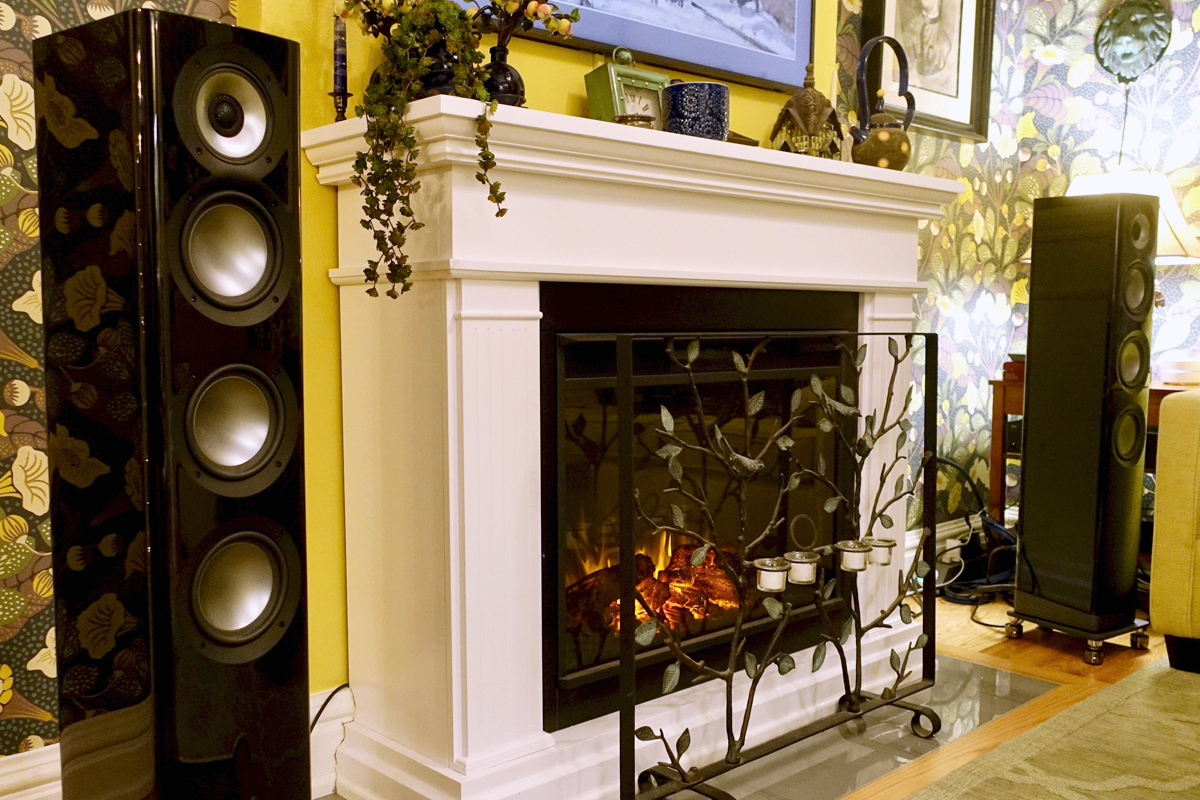A trick question: What are the most valuable components of your music system? I don’t know about yours, but the most valuable parts of mine are space and time. If that sounds like new-age hokum, stay with me—that insight has a lot to do with how I’ve configured my hi-fi system, how I use it, and the writing I do in this corner of the SoundStage! Network.
First, space. As I’ve written repeatedly, my music system is installed in the living room of the small 1920s rowhouse in west-end Toronto that I share with my infinitely better half. Toronto has some of the planet’s priciest real estate. Our home isn’t luxurious, but it’s very comfortable, and part of a funky neighborhood with all sorts of amenities within walking distance. I’d peg the value of our living room alone in the low six figures (US greenbacks, not Canadian loonies), or about 20 times the retail value of my music system. In other words, the most expensive part of my hi-fi system is the room it lives in—so that system must fit gracefully into that space, and coexist with the other activities that go on there. Put another way, the music system has to fit our lifestyle.
Now for the time part. I’m semiretired, so I can’t put a dollar value on the time I spend listening to music by weighing it against billable hours. But being well into my golden years, I know those hours are priceless, and I want to make the most of them. When I sit down to listen to music, I want the system to just work. I want it to be convenient for everyone who uses it.
And, of course, I want it to sound fantastic. Which it does.
Add up all those italics and you get convenient, lifestyle-oriented hi-fi—which precisely fits Simplifi’s mandate, per the blurb on the SoundStage! Network portal. But what does that phrase mean in practice?
Going virtual
Our urban rowhouse has no room for collections of LPs and/or CDs, so I’ve bailed on physical media. About a decade ago I ripped all my CDs to a hard drive, and five years ago ripped my SACDs using a hacked Sony PlayStation. I haven’t bought a silver disc since. I briefly dipped back into vinyl after going all-digital in the late 1980s, but when we moved into our current home, in early 2018, I sold my turntable and LPs.
Still, I understand the appeal of physical media. Over on SoundStage! Hi-Fi, Jason Thorpe has written about why he prefers listening to vinyl: “The allure, for me, is equal parts sound quality and ritualistic gizmo-driven nerdism. I’m not just listening to the music—I’m participating in it.”
In his October 1, 2020, “SoundStage! UK” column, Ken Kessler mourned the “pending demise” of the Compact Disc, which he called “the last commercially realized uncompressed format.” Physical format, that is—Ken wrote that he has “absolutely no interest whatsoever in non-physical storage media, streaming, or any other form of music accessible in cyberspace.”
I get it. Just as with a book collection, there’s something really satisfying about having a floor-to-ceiling library of records collected over a lifetime. That’s not possible in our home. My lovingly curated music collection, assembled over 40 years and comprising some 1500 albums, now lives on a LaCie 2Big Thunderbolt RAID system in my second-floor home office. I also stream a ton of music, at CD resolution and above, from Qobuz.
And I love it. I’m discovering all kinds of new music, and rediscovering music I haven’t heard in decades.
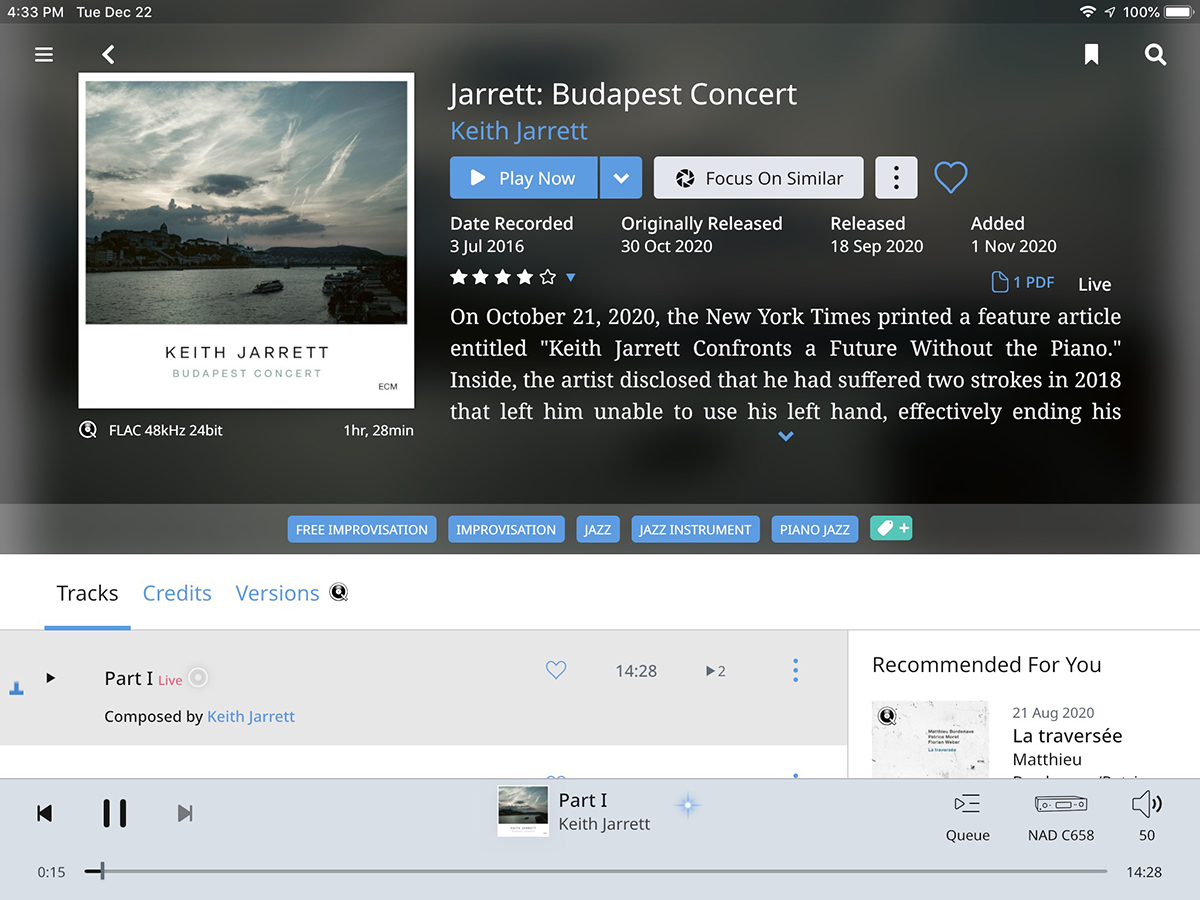
While streaming and file-based playback don’t provide the same tactile involvement offered by physical media, they offer unparalleled convenience, and instant access to a universe of music. Using a music-streaming app on my iPad Mini, I can cue up almost any music I want from the comfort of my couch. I find this miraculous.
Of course, the quality of the experience depends on the quality of the software, as I noted in my October 1, 2020, feature, “The Critical Component”: “With the move to streaming and the disembodiment of music, software has become the way most of us interact with our music systems. It’s important to get it right.”
That’s why I spend so much time in many of my reviews looking at the underlying software. In my experience, the software bundled with streaming audio products ranges from pretty terrible to really good.
The gold standard for network music software is surely Roon. It offers an admirably intuitive interface, extensive editorial content, and some really useful DSP features. And as I wrote in my February 2019 feature, “A Roon of One’s Own,” Roon is hugely customizable, allowing users to organize their music libraries and streaming services almost any way they like. Programs such as Roon can provide experiences that are as participatory as listening to an LP while reading its jacket.
Roon isn’t cheap. It costs $119/year, or $699 for a lifetime subscription. (All prices USD.) But for audiophiles who listen mainly to streamed and file-based music, and have systems worth $5000 or more that include one or more Roon Ready network audio components, I think Roon is a virtual no-brainer.
A small footprint
Not only does our living room provide insufficient space for physical media—there’s not much room for audio gear. That’s one reason I’ve opted for active loudspeakers. My Elac Navis ARF-51 floorstanding speakers ($4599.96/pair) each contain a 160W BASH amplifier for the bass section, a 100W BASH amp for the midrange, and a 40W class-AB amp for the tweeter. In our small room it would be hard to accommodate a 300Wpc amplifier; with the amps housed inside these speakers, it doesn’t have to.
Active speakers have compelling sonic benefits. They’re closed systems, with amplifiers chosen specifically for the drivers they power. In my view, they offer more bang for the buck than do conventional systems comprising passive speakers and external amps. And as I outline below, many active speakers use DSP to help compensate for less-than-ideal room acoustics.
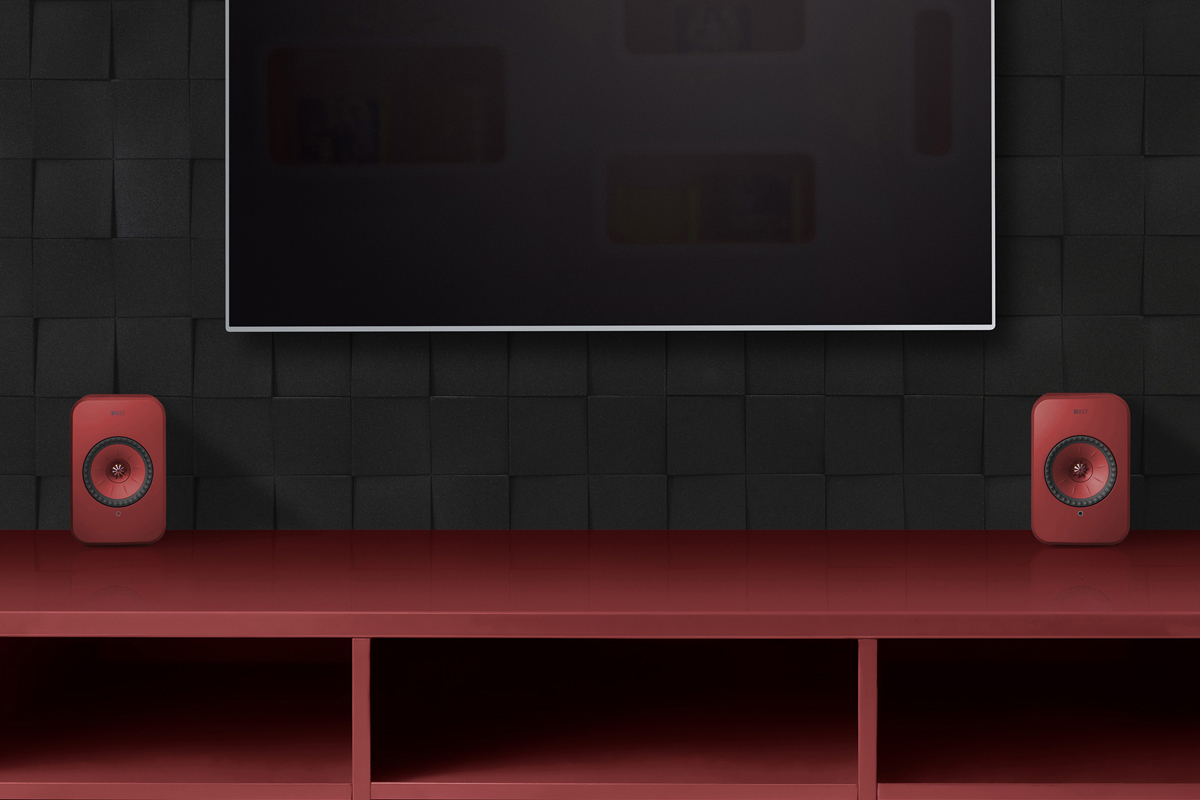
I’ve never reviewed a passive loudspeaker on Simplifi, but I’ve reviewed 21 different powered and active speakers. Some of them, such as Bowers & Wilkins’s Formation Duo ($3999.98/pair) and KEF’s LSX ($1249.99/pair), are entirely self-contained, with built-in networking and streaming, which makes them ideal for applications in which there’s hardly any room for electronics. Plug the speakers into the wall, connect them to your network, and you’re ready to listen.
Still, many audiophiles prefer systems with passive speakers and separate amps. The streaming era has given rise to entire new classes of components, including “super-integrated” amplifiers with built-in DACs and network streamers. Some of these, such as NAD’s Masters M10 ($2749) and Naim Audio’s Uniti Atom ($3290) streaming integrated amplifiers, are compact designs with excellent sound and gorgeous cosmetics, underpinned by rich, robust software. They’re very compatible with Simplifi’d hi-fi.
Room for improvement
In a dedicated media room, the speaker and listening positions can be chosen with sound quality as the primary consideration, and acoustic treatments such as bass traps can be applied to deal with problematic acoustics. But a multipurpose living area rarely offers that kind of flexibility—furnishings and room layout will limit where speakers can be placed, and room treatments are almost always out of the question.
In our small living room, I’m fortunate in that the speakers, placed to either side of our faux fireplace, and my listening seat, on the end cushion of our sectional sofa, describe a perfect equilateral triangle, for near-ideal soundstaging and imaging. However, each speaker is about 16″ from the front wall. The right speaker is near a corner, the left near a wide archway that opens into the dining room. So the two speakers’ boundary conditions are different, which is not ideal.
That brings me to another thing I appreciate about active speakers. Many of them have controls that let you compensate for less-than-ideal positions. Some analog models, including my Elac ARF-51s, do this with switches on their rear panels. So do Focal’s Shape 65 ($1998/pair) and HEDD’s Type07 ($1698/pair) nearfield studio monitors.
There are also many active speakers that use DSP to compensate for boundary conditions. With KEF’s LSX, you can do this with the companion app. With Dynaudio’s Focus 20 XD ($5999/pair in standard finishes), you use dials on the back of each speaker.
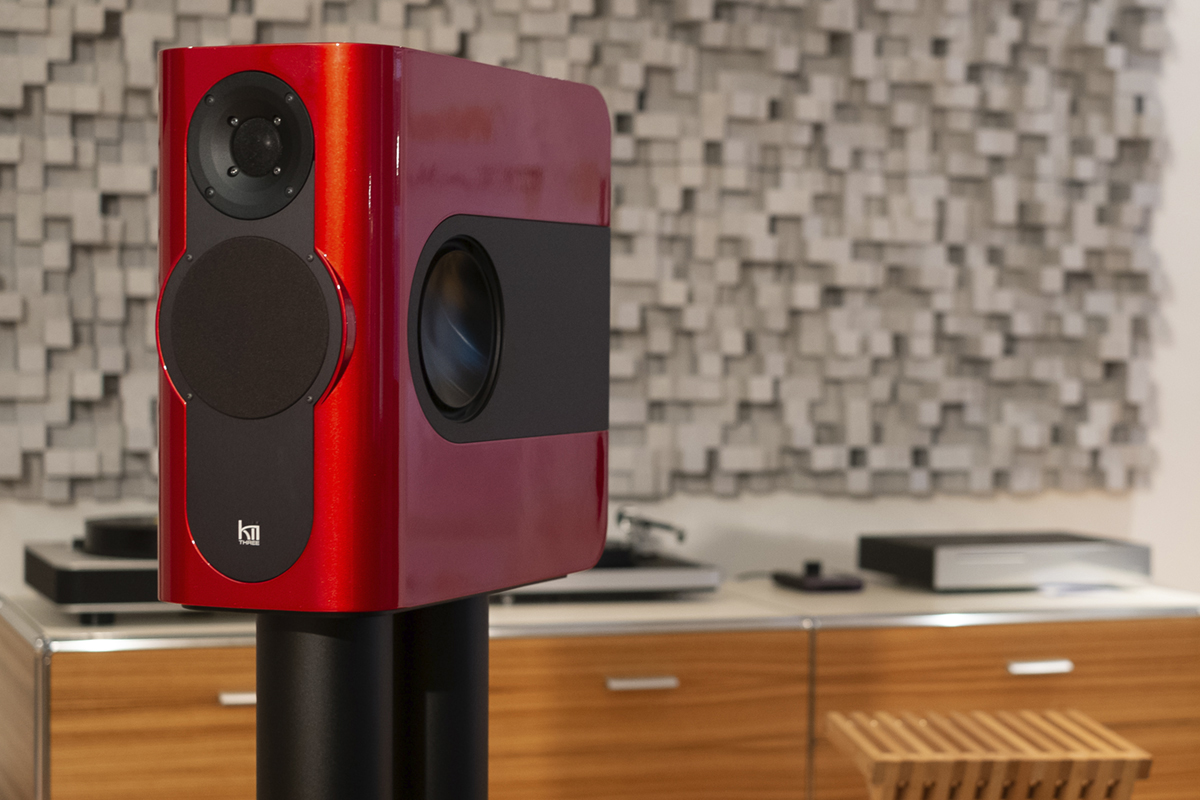
By a good margin, the most innovative active loudspeaker I’ve come across is the Kii Audio Three ($14,990/pair). The Kii Three has drivers on its front, rear, and both side panels, each powered by its own 250W class-D amplifier. It uses cutting-edge DSP to ensure that the Three’s radiation pattern is consistent at all frequencies above 50Hz. The latter negates many of the most problematic room effects, resulting in sound that’s incredibly coherent, dynamic, and articulate.
Like all multipurpose spaces, our living room has an acoustic that’s much less than ideal, with some nasty modes that create very lumpy bass: a +10dB peak around 50Hz in the left channel, a +15dB peak around 62Hz in the right, and some dips between 100 and 150Hz.
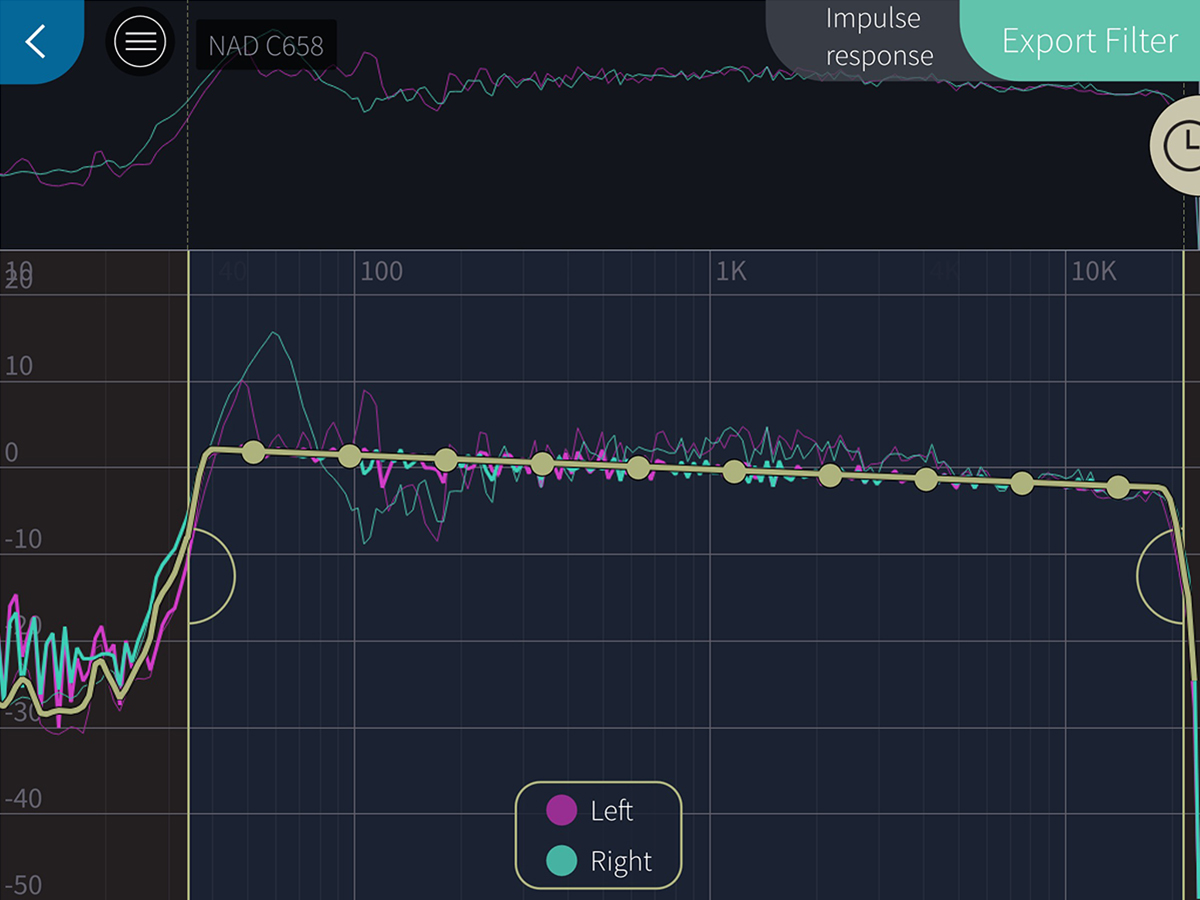
That’s one reason I bought the NAD C 658 streaming DAC-preamplifier ($1649), after reviewing it in November 2019. Like NAD’s Masters M10 streaming integrated amp, the C 658 has built-in Dirac Live room correction. This is a killer feature. As you’d expect, Dirac Live significantly improves my system’s bass definition. But it also wrought major improvements in soundstaging, imaging, and transparency.
Different strokes
As I’ve written elsewhere, Simplifi’d hi-fi means different things to different people. For me, it means a low-footprint system that I can use to stream CD-resolution and hi-rez recordings over my home network, and enjoy them in glorious high fidelity from the sweet spot on my sectional sofa, all without interfering with the other activities that go on in our living room. A system with active speakers, network streaming, app control, and room correction suits my needs to a T.
Other listeners find all this software and networking stuff too complicated. They want to spin an LP or CD, or stream from the Spotify app on their smartphone. There are Simplifi’d products for these folks too, such as Andover Audio’s Model-One Turntable Music System ($1999) and McIntosh Laboratory’s MTI100 Integrated Turntable ($6500).
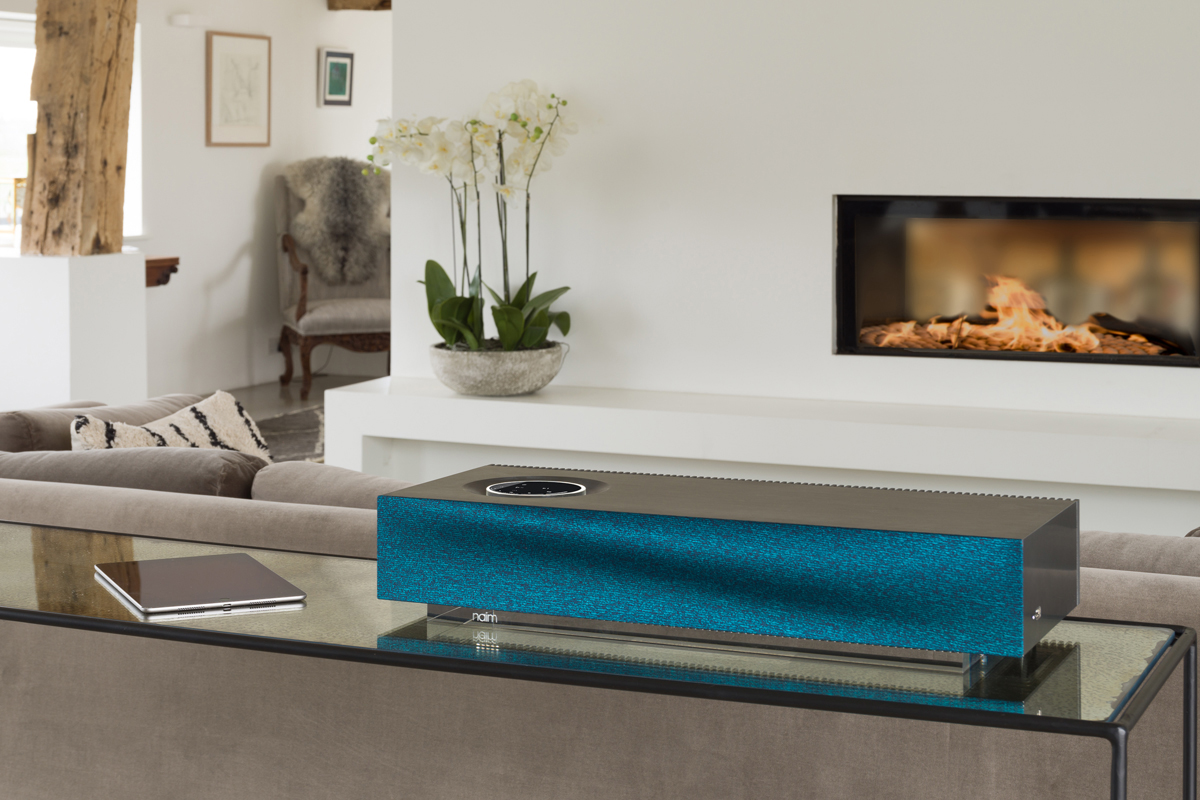
Other people don’t want to sit in the sweet spot at all. They prefer an elegant, all-in-one tabletop system like Naim Audio’s Mu-so 2nd Generation ($1699) or iFi Audio’s Aurora ($1399.99).
Simplifi’d hi-fi comes in many shapes and sizes, with widely varying features and prices. People’s musical lifestyles take many forms, and there’s no shortage of products to meet each combination of needs and desires. I’m having a blast covering them.
. . . Gordon Brockhouse



